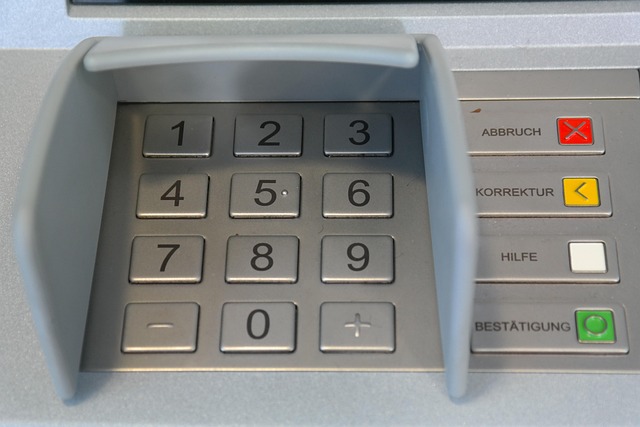Title loan forgiveness programs provide a streamlined solution for borrowers facing high-interest vehicle loans, offering relief through reduced or waived repayments and preserving assets by assessing financial need and car market value. These programs stand out for their user-friendly documentation requirements while maintaining responsible lending practices to ensure fair and tailored forgiveness based on individual circumstances.
Looking for relief from your title loan debt with minimal hassle? Discover the world of Title Loan Forgiveness Programs, designed to offer financial respite through simplified processes. This article demystifies these programs, guiding you through essential aspects like understanding the concept, navigating minimal documentation requirements, and determining eligibility criteria. By the end, you’ll be equipped to explore potential forgiveness paths tailored to your unique circumstances.
- Understanding Title Loan Forgiveness Programs
- Minimal Documentation Requirements Explained
- Exploring Eligibility Criteria for Forgiveness
Understanding Title Loan Forgiveness Programs

Title loan forgiveness programs have gained traction as a way to provide relief for borrowers facing financial strain. These initiatives aim to alleviate the burden of outstanding title loans, which are secured by a vehicle and often come with high-interest rates and strict repayment terms. Understanding these programs is crucial for individuals considering their options when dealing with such loans.
Many forgiveness programs operate on the principle of allowing borrowers to keep their vehicle while offering a reduced or waived repayment amount based on various factors, including financial need, vehicle valuation, and the original loan terms. For instance, some programs may require proof of income and a detailed explanation of financial challenges through documents like pay stubs and bank statements. Others might rely on an assessment of the vehicle’s current market value to determine a reasonable forgiveness amount, ensuring that borrowers can keep their cars even after repaying part or all of the loan. This approach keeps individuals mobile and mitigates the loss of assets during challenging financial periods.
Minimal Documentation Requirements Explained

Many Title Loan Forgiveness Programs stand out for their user-friendly approach to financial aid, primarily due to minimal documentation requirements. Unlike traditional loan forgiveness schemes that often demand a comprehensive stack of documents, these programs keep the process straightforward. Borrowers typically need only provide basic identification, proof of income, and sometimes a brief explanation of their current financial situation. This simplicity is a significant advantage, especially for individuals who might find it challenging to gather extensive paperwork.
The focus on minimal documentation doesn’t mean these programs are devoid of safeguards. Lenders or aid organizations still assess each application, ensuring eligibility criteria are met. They may also verify income and identify any red flags in the borrower’s financial history. This balance between accessibility and responsible lending ensures that those genuinely in need can access financial assistance while maintaining a prudent level of oversight.
Exploring Eligibility Criteria for Forgiveness

When considering Title Loan Forgiveness Programs, understanding your eligibility is key. These programs, designed to offer relief to borrowers, often have specific criteria that must be met before forgiveness can be granted. Factors like income level, repayment history, and the current condition of the secured asset – such as a vehicle in the case of title loans – play significant roles in determining eligibility. The process involves careful evaluation of each borrower’s unique situation.
For instance, in San Antonio Loans, where Title Loan Forgiveness Programs are prevalent, assessing the market value of the vehicle through accurate valuation methods is crucial. This ensures that forgiveness is granted fairly and sustainably. Additionally, flexible payment plans can be tailored to borrowers’ needs, making it easier for them to meet the requirements and potentially achieve loan forgiveness without undue stress.
Title loan forgiveness programs offer a lifeline for borrowers facing overwhelming debt. By simplifying documentation requirements and expanding eligibility criteria, these initiatives make it easier for individuals to break free from the cycle of high-interest loans. Understanding these programs and their benefits is crucial in navigating financial challenges and achieving long-term stability.






